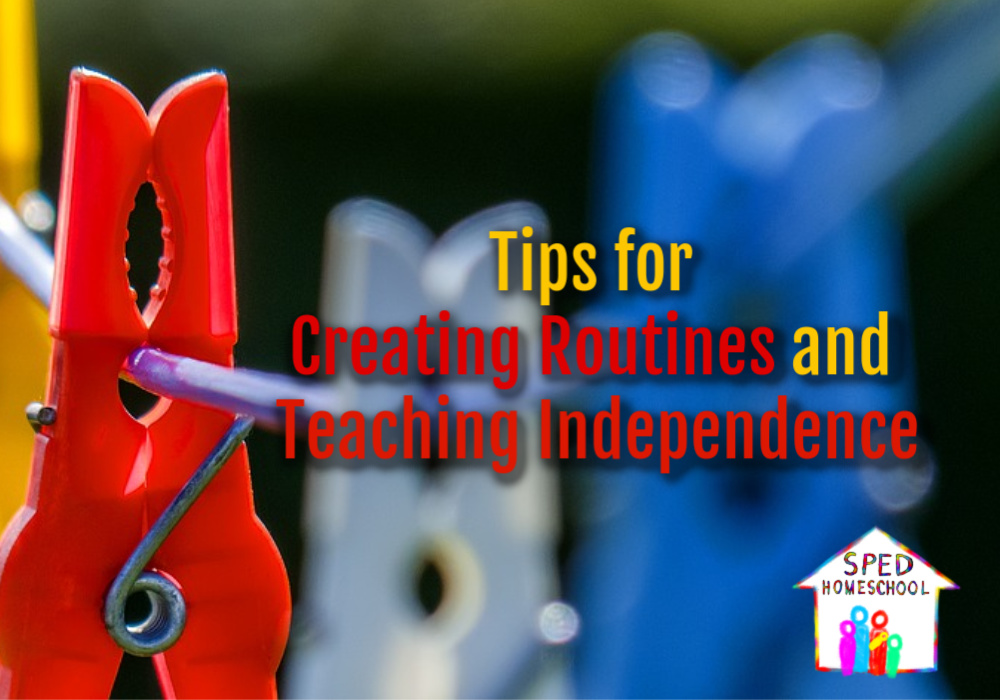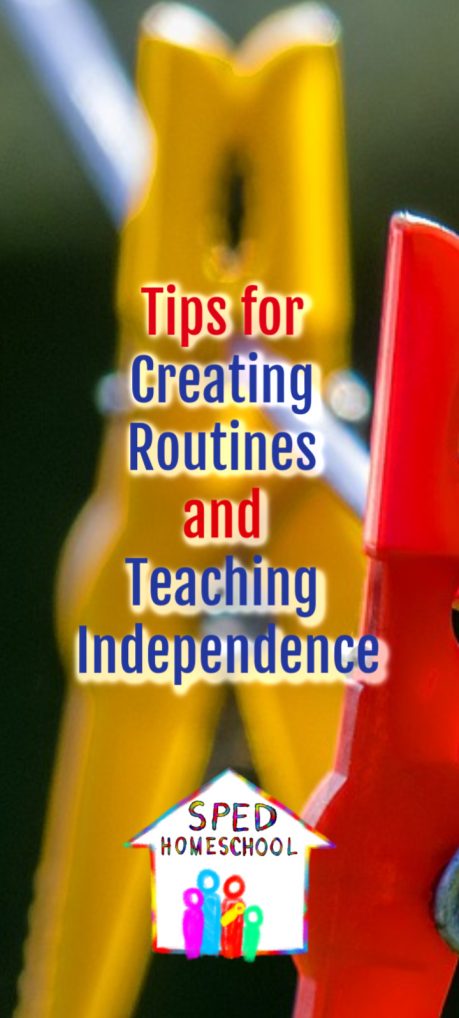
By Jan Bedell, Ph.D., Master NeuroDevelopmentalist, SPED Homeschool Board Member & Partner
Documentation of your daily efforts to homeschool a child with special needs can seem tricky. Each state has its own requirements, so you have to stay abreast of that, of course. Beyond that, you need a system that can easily assure you – and well-meaning relatives – that the best education possible is happening for your child.
Remember Homeschool Is the Best Place for Your Child!
In a public school, your child would have an IEP (Individualized Educational Plan). That plan would put in place modifications and recommendations for more individualized instruction and traditionally only includes academics. What could be more individualized than a parent who understands their child better than anyone in the world and can modify on the fly for academics and life-skills? The answer: NOBODY! A motivated, informed parent is the best advocate for successfully educating a child with special needs, but progress for a child that learns differently is sometimes hard to document.
Be Creative with Your School Day!
Depending on the severity of the developmental, academic, or intellectual delay, your school day will look different. It is not like a typical student where you show how many pages were completed in a given period. At Brain Sprints, we encourage our families to use a detailed checklist where each item for the day can be easily checked off for documentation of work done with the child. The list would include non-traditional school activities like how many times a day you work together on auditory or visual processing (short-term memory). Or what work you did to normalize the tactile system with specific stimulation. Or activities that would organize the lower levels of the brain for better coordination as well as organized thought. Each checkmark is a step in the right direction for the functional ability of the child and should be celebrated. These activities can be more important than completing a particular page or reading that is done each day. Academics can be on the checklist, too, but addressing the root of the challenges a child faces is even more strategic. The list can quickly help you see where you need to focus more or just a reminder of progress, even if it may not be evident to others yet.
Plan for Interruptions
Checklists can be divided into two different lists. One list consists of the activities and/or academics you do with the child. We call it the Daily Parent/Child Conference list. The other list is the activities the child can do independently called My Responsibilities. These lists can keep you both focused and productive each day. When there is an interruption, you can say, “Work on your My Responsibility list while I do x, y, z.” This can keep the progress for the day going when those inevitable interruptions happen. The My Responsibility list can also give the child some say in their day. He/she can decide what gets done first, second, or third instead of someone else dictating every step, which is important for maturity and self-reliance. We often find that if the child has some say in what is happening, there is more compliance. Also, the My Responsibility list helps with accountability and motivation.
Life Skills Are Work, too!
Don’t be shy about documenting life skills like learning to wash hair, cooking, making a bed, or tying shoes. These may be just as important or even more strategic to your child’s future as anything else in the educational plan. If you document it, you will feel better about your time spent each day. You are making a difference!
For more information about a neurodevelopmental approach to homeschool: www.BrainSprints.com



